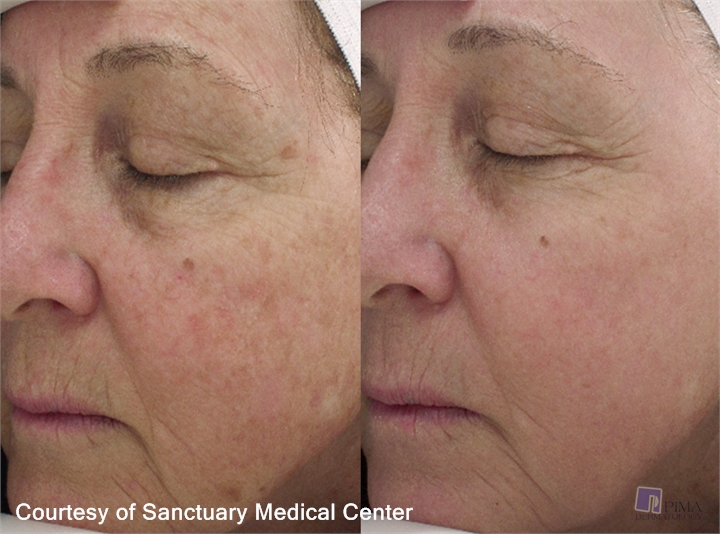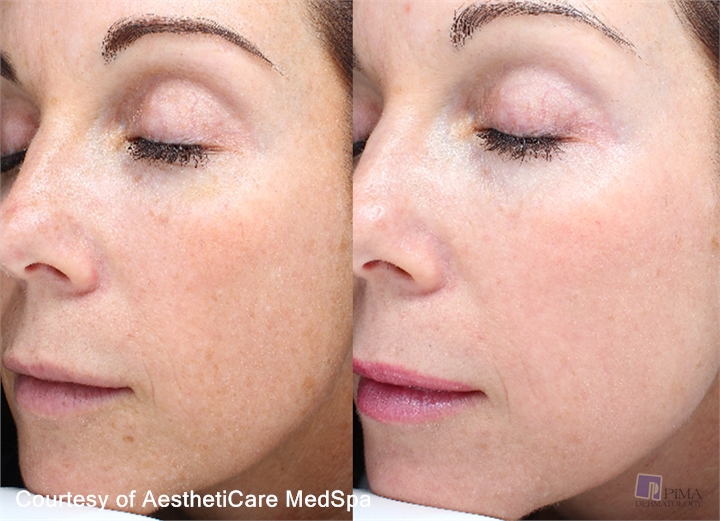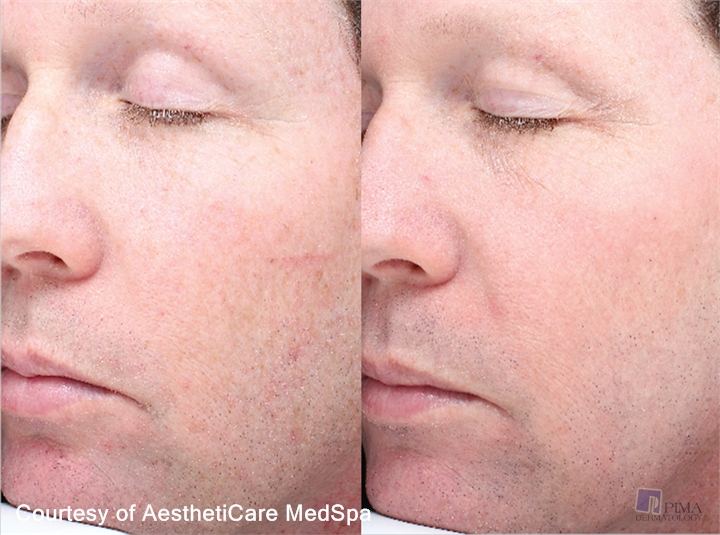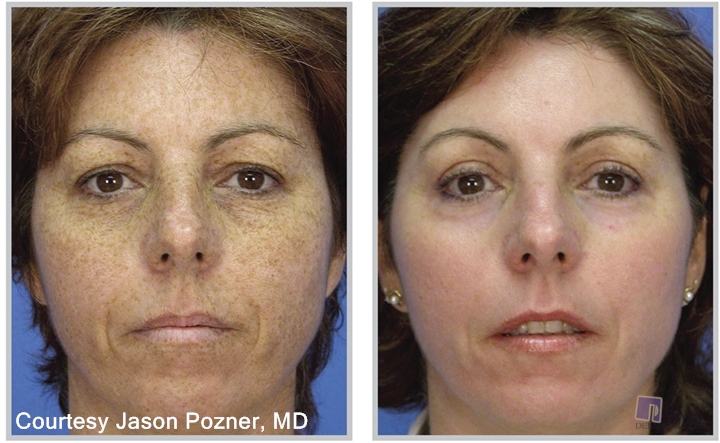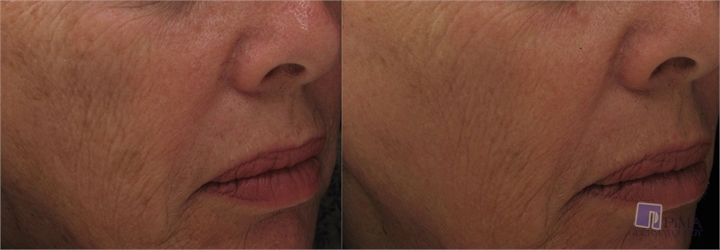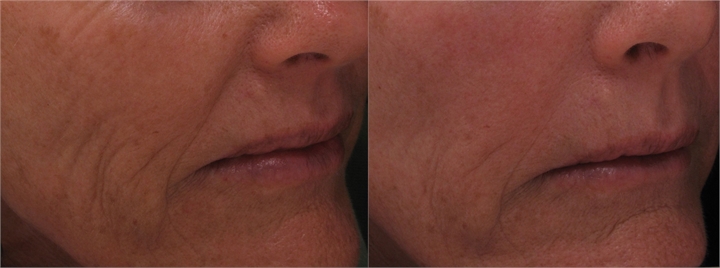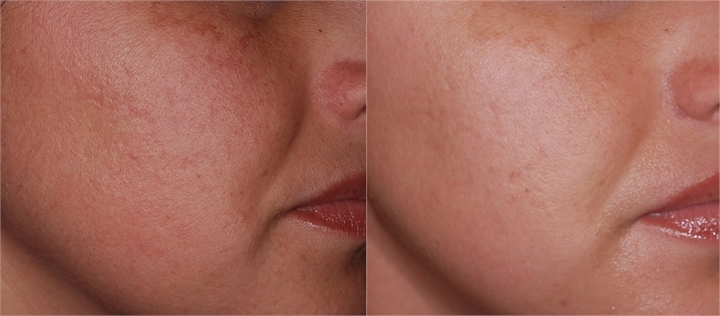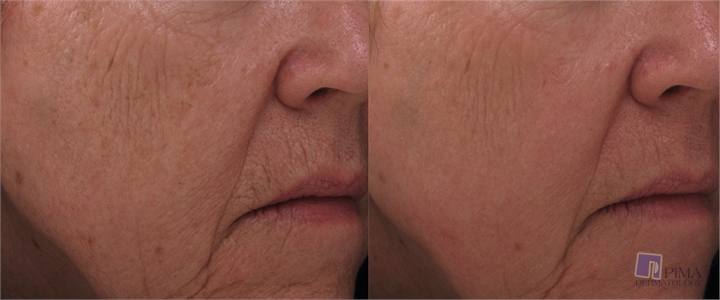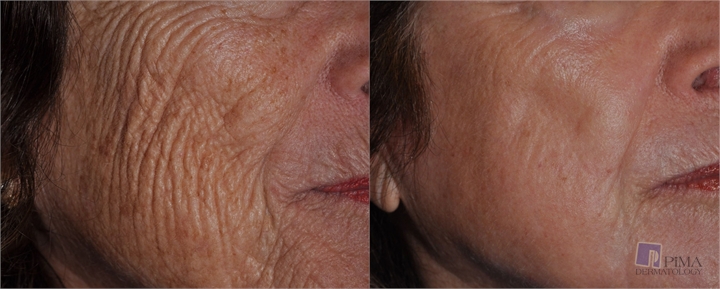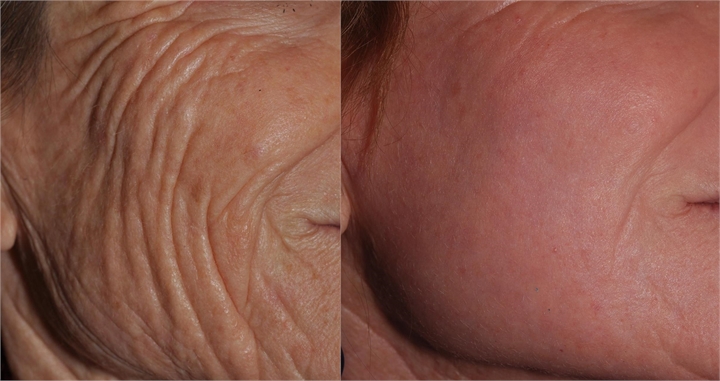 The sun has a dramatic effect over years of exposure on the skin. This can cause premature skin aging, skin cancer, and many other skin changes. Over the years, extensive time outdoors can put you at risk for wrinkles, age spots, actinic keratosis (scaly patches or “barnacles”), and skin cancer.
The sun has a dramatic effect over years of exposure on the skin. This can cause premature skin aging, skin cancer, and many other skin changes. Over the years, extensive time outdoors can put you at risk for wrinkles, age spots, actinic keratosis (scaly patches or “barnacles”), and skin cancer.
When you soak up the sun’s ultraviolet (UV) rays, it speeds up the aging of your skin and increases your risk of skin cancer. Exposure to ultraviolet (UV) light from the sun accounts for most premature skin aging. Ultraviolet light in daylight damages the fibers in your skin called elastin. When that happens, it begins to sag and stretch. Skin texture changes caused by harmful UV exposure (i.e., sunbathing, tanning beds) include coarse wrinkles, typically concentrated on the back of the neck, and thinning of the skin which can cause wrinkles, easy bruising, and skin tearing, particularly on the back of the hands and on forearms.
Skin color changes caused by sun exposure are common. The most noticeable sun-induced pigment change is brown spots (solar lentigos). Light-skinned people or those who have light or red hair, are particularly prone to freckles. Too much sun causes some areas of your skin to appear darker, while others look lighter. The sun also causes the appearance of tiny blood vessels (telangiectasias) in the skin, especially on the face, which gives a reddish look. Blood vessel changes lead to bruising with only minor trauma in sun-exposed areas.
Age spots or liver spots can be seen on the backs of the hands, chest, arms, shoulders, and upper back. UV exposure can also cause small white spots on the legs, backs of the hands, and arms, as well as red areas on the neck (poikiloderma).
Moles (nevi), typically acquired from childhood through young adulthood, are stimulated by the sun. Most moles are normal. However, atypical moles, which are seen in non-sun-exposed areas and are larger and more irregular than normal moles, are an indicator of potentially being at greater risk for melanoma, a type of skin cancer.
Pre-cancerous skin changes include red, scaly lesions (especially on the face, ears, and backs of the hands) called actinic keratoses. When on the lip (usually the lower lip), it is called actinic cheilitis.
Before and After
Devices used to treat this condition:
- Sciton ProFractional
- Sciton® Halo
Treatments for this condition:
- Fractional Skin Resurfacing
- Laser Resurfacing
- Micro Needling
- ProFractional
- Sciton® Halo Laser Skin Rejuvenation
Next, read about warts.

